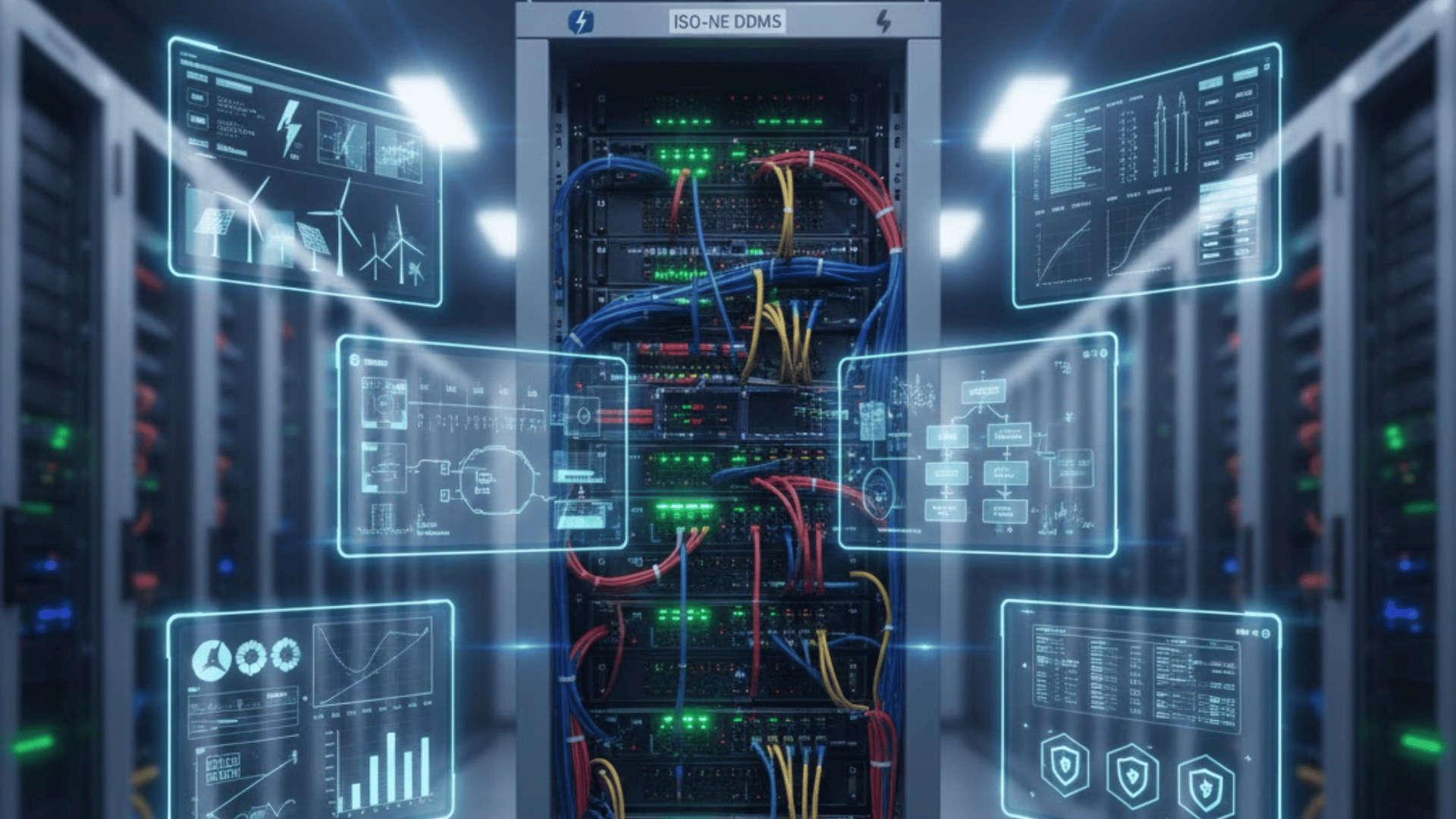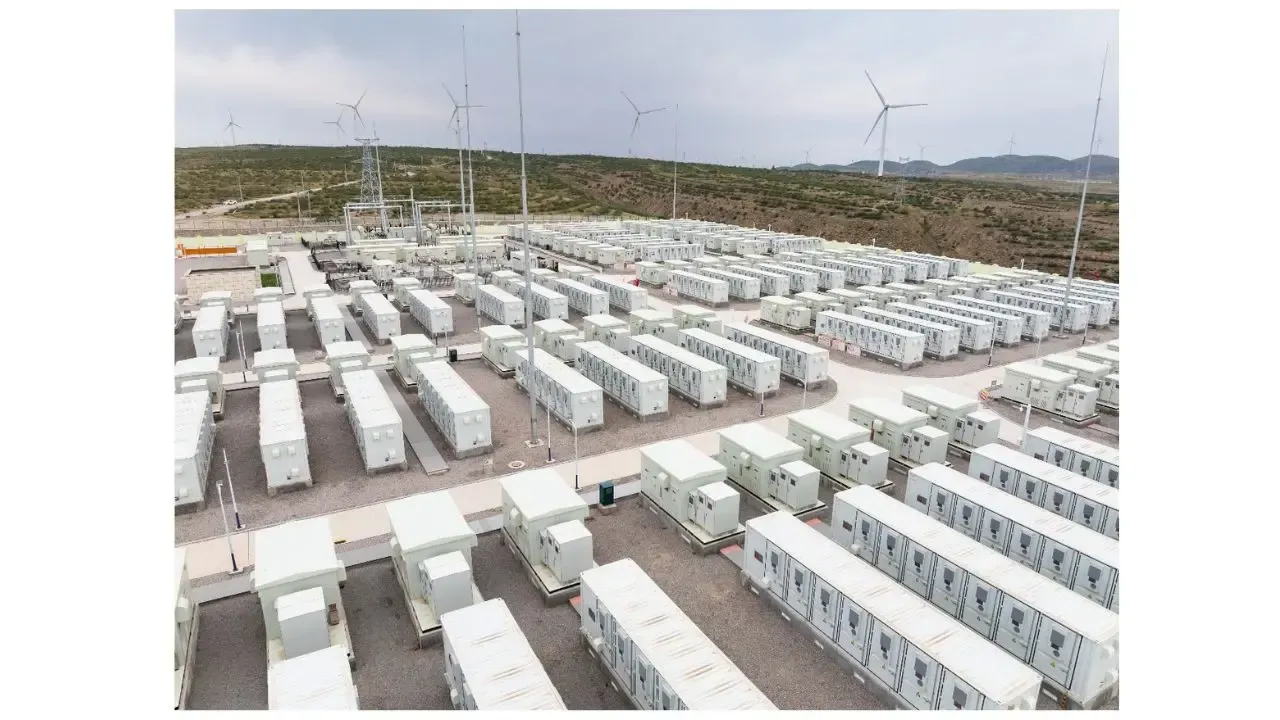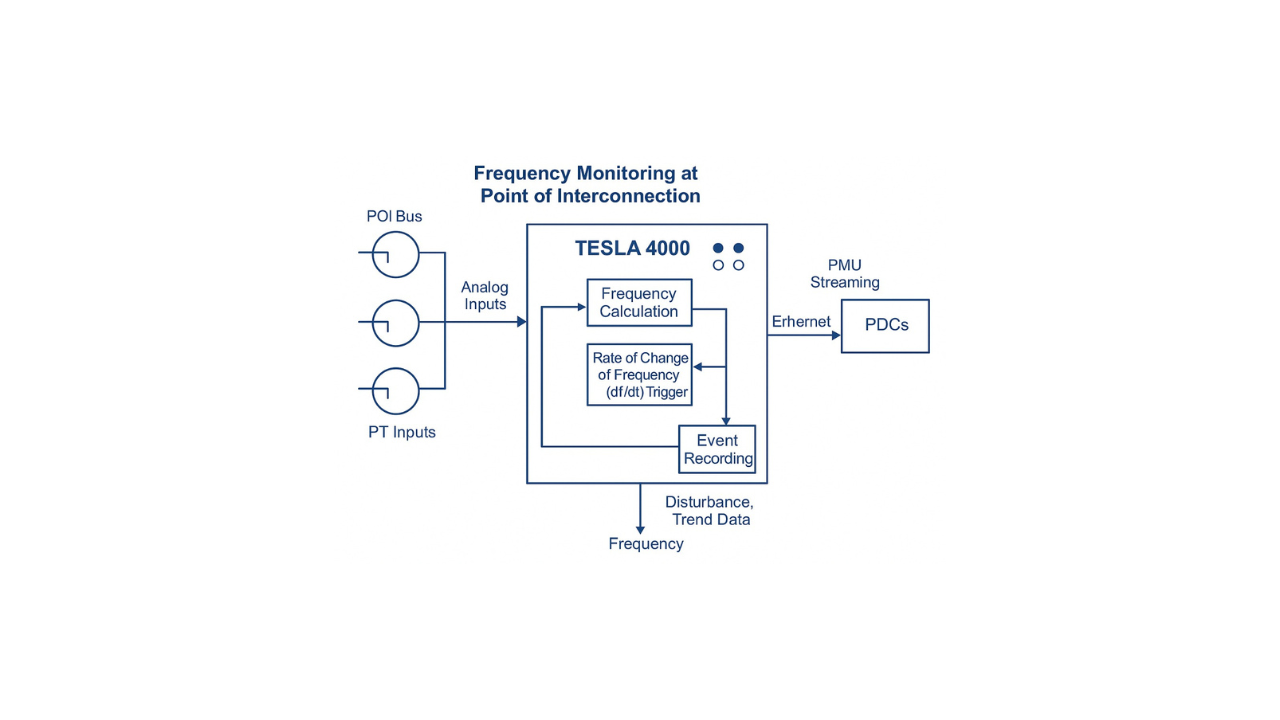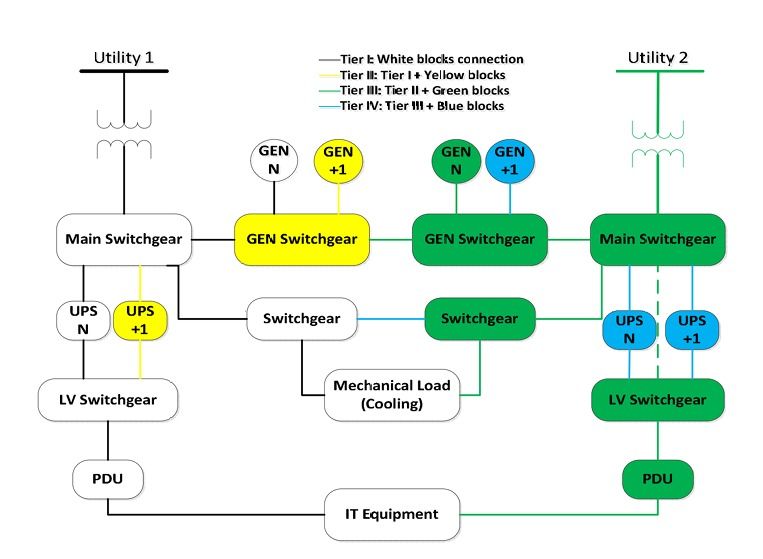A Coordinated Electric System Interconnection Review—the utility’s deep-dive on technical and cost impacts of your project.
Advanced Power System Protection: Relay Modeling, Simulation, and Integration for Modern Grid Reliability
May 12, 2025 | Blog

Discover how Keentel Engineering uses advanced PSCAD relay modeling and simulations to ensure modern power system protection, fault handling, and NERC compliance.
Introduction: Why Protection Systems Are the Backbone of Electric Grids
In today’s energy-dependent world, power systems are fundamental to the economic, social, and technological advancement of societies. With global electricity demand surging, the reliability, stability, and safety of power delivery have never been more critical. One of the most crucial components ensuring that reliability is a well-structured and responsive power system protection scheme.
At Keentel Engineering, we specialize in modeling, simulating, and deploying advanced protective relays to ensure the robustness of medium-voltage (MV) and high-voltage (HV) networks. Our engineering services help utilities, OEMs, and renewable developers simulate real-world contingencies and design protection systems with unparalleled accuracy.
What Is Power System Protection?
Power system protection is the auxiliary framework that monitors and safeguards the electrical grid. It identifies abnormal operating conditions such as faults, overcurrents, short circuits, and voltage anomalies, then triggers corrective actions like circuit breaker operation to isolate faulty components.
Core Objectives
- Prevent equipment damage
- Ensure personnel safety
- Minimize power outage duration
- Maintain power quality and stability
Types of Power System Relays
The backbone of protection systems lies in the protective relay—a device that detects abnormal system conditions and acts accordingly. Based on the “Protection Theory of Power System,” the two primary categories include:
1. Distance Relays
Used to protect transmission lines by measuring the impedance between the relay and the fault location.
2. Differential Relays
Monitor the difference in current entering and leaving a protection zone (e.g., transformers, buses). If the difference exceeds a set threshold, a fault is assumed.
Evolution of Relay Technology: From Electromechanical to Numerical Relays
The field of protection has evolved tremendously over the last century:
| Era | Technology | Characteristics |
|---|---|---|
| Early 1900s | Electromechanical | Bulky, reliable, mechanical contacts |
| Mid-1900s | Solid-State | Compact, static analog circuitry |
| Present | Digital & Numerical | Software-defined logic, communications-enabled, multifunctional |
Keentel Engineering leverages numerical relay models with precise digital algorithms that adapt to complex grid conditions in real-time.
Relay Modeling and Simulation with PSCAD/EMTDC
At the heart of this article lies the advanced relay modeling methodology described in the attached document. This process uses PSCAD/EMTDC, a high-fidelity electromagnetic transient simulator, integrated with FORTRAN-generated custom code through Keentel’s modeling software pipeline.
Our Simulation Workflow
- PLSA Tool: A Visual C++ based software to generate the FORTRAN logic of the relay.
- Relay Code Generation: Produces model files compatible with PSCAD components.
- Component Embedding: Relay models are embedded into PSCAD/EMTDC as simulation elements.
- Closed-loop Simulation: Dynamic interactions between relays and power systems are captured under faulted and non-faulted conditions.
Features of the Numerical Relay Modeling Methodology
1. Component-Based Relay Modeling
Each relay (e.g., distance or differential) is composed of logical building blocks like anti-aliasing filters, ADCs, phasor estimators, and comparator modules.
2. Scalable Design
Relay templates can be reused across different systems by adjusting scaling parameters and logic gates via a GUI interface in PSCAD.
3. Automation and Code Reusability
The methodology allows mass generation of relay models with varying configurations—ideal for utilities and OEMs involved in high-volume relay testing.
Distance Protection: Zones, Impedance Diagrams, and Comparators
Distance protection uses zone-based logic to determine fault location along a line:
- Zone 1: Covers 80–85% of the line (instantaneous tripping)
- Zone 2: Extends into the adjacent line (delayed tripping)
- Zone 3: Provides backup protection (longer delay)
Relay Operating Characteristics
- Impedance Characteristics
- Mho Characteristics
- Quadrilateral Characteristics
- Reactance Characteristics
Each is defined using amplitude and phase comparators, and are plotted in the R-X impedance plane for accurate trip logic calibration.
Differential Protection: Securing Transformers and Busbars
Differential relays operate on the principle that under normal conditions, input current equals output current.
Typical Applications
- Power transformers (addressing inrush current)
- Bus protection
- Generator protection
Restraint Techniques
- Percentage Differential Protection
- Harmonic Blocking/Restraint (especially second harmonic for inrush current)
- Waveform Recognition
Keentel Engineering offers full support in testing and calibrating these protective schemes using advanced relay test benches and simulations.
Addressing CT Saturation and Inrush Currents
Relay performance can be compromised during:
- CT saturation: Causes relay overreach
- Inrush current: Non-fault current mimicking internal fault
Our simulations address these challenges using:
- Saturation models of current transformers
- Time-domain waveform analysis
- Harmonic-based discrimination algorithms
Case Applications and Use Cases
1. 17-Bus Test System Simulation
A multi-zone protection simulation with distance and differential relays to validate time settings and tripping logic under various fault conditions.
2. Inrush Current Management
Applied harmonic restraint logic to prevent false tripping of differential relays during transformer energization.
3. CT Saturation Scenarios
Simulated saturation under varying burden conditions and validated relay behavior under realistic fault waveforms.
4. Remote Backup Protection
Used Zone 3 logic to provide relay coordination for adjacent line protection when primary relays fail.
Integration with Keentel Engineering’s Protection Services
Keentel Engineering’s protection services include
- Custom relay model development
- NERC PRC compliance testing
- Protection coordination studies
- PSCAD/EMTDC-based simulations
- Relay test set programming and FAT support
- Integration of real-time simulators like RTDS
Our modeling methodology supports both offline and hardware-in-the-loop (HIL) testing strategies.
See more info about Keentel Engineering’s NERC O&P 693 Compliance Services
Why Keentel Engineering?
- 30+ years of power engineering experience
- Specialized in MV/HV substation protection design
- Experts in PSCAD, ETAP, SKM, SEL, GE, and ABB relay systems
- Client-focused design iteration with flexible deliverables
- Robust documentation to support compliance audits and commissioning
Conclusion
The future of electrical protection lies in digital precision, simulation accuracy, and automation of relay design workflows. The methodology outlined in the “Protection Theory of Power System” aligns perfectly with Keentel Engineering’s core competencies. Through numerical relay modeling, real-time interaction simulation, and advanced analysis of transient behavior, Keentel ensures that your system operates with resilience, reliability, and safety under all operating conditions.
Ready to design the next-generation protection system for your power infrastructure?
Contact Keentel Engineering today to get started with our comprehensive relay modeling and simulation services. Whether you’re an independent power producer, utility, EPC, or OEM—our experts can tailor solutions to your technical and regulatory needs.

About the Author:
Sonny Patel P.E. EC
IEEE Senior Member
In 1995, Sandip (Sonny) R. Patel earned his Electrical Engineering degree from the University of Illinois, specializing in Electrical Engineering . But degrees don’t build legacies—action does. For three decades, he’s been shaping the future of engineering, not just as a licensed Professional Engineer across multiple states (Florida, California, New York, West Virginia, and Minnesota), but as a doer. A builder. A leader. Not just an engineer. A Licensed Electrical Contractor in Florida with an Unlimited EC license. Not just an executive. The founder and CEO of KEENTEL LLC—where expertise meets execution. Three decades. Multiple states. Endless impact.
Services

Let's Discuss Your Project
Let's book a call to discuss your electrical engineering project that we can help you with.

About the Author:
Sonny Patel P.E. EC
IEEE Senior Member
In 1995, Sandip (Sonny) R. Patel earned his Electrical Engineering degree from the University of Illinois, specializing in Electrical Engineering . But degrees don’t build legacies—action does. For three decades, he’s been shaping the future of engineering, not just as a licensed Professional Engineer across multiple states (Florida, California, New York, West Virginia, and Minnesota), but as a doer. A builder. A leader. Not just an engineer. A Licensed Electrical Contractor in Florida with an Unlimited EC license. Not just an executive. The founder and CEO of KEENTEL LLC—where expertise meets execution. Three decades. Multiple states. Endless impact.
Leave a Comment
We will get back to you as soon as possible.
Please try again later.
Related Posts



